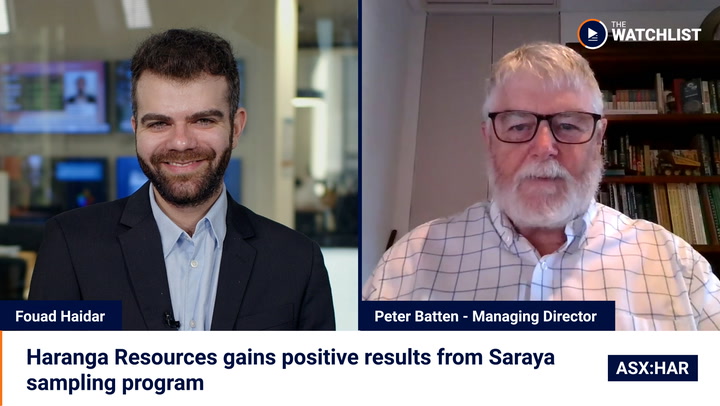- Race Oncology (ASX:RAC) completes a series of preclinical animal and laboratory studies using its novel bisantrene formulation, RC220
- It revealed the drug can stop crystallisation in the body and prevent vein inflammation or damage when infused into peripheral veins
- The data from the studies will be used in future regulatory applications and patent filings to support the use of peripheral IV infusions of RC220 in clinical trials
- The current administration of bisantrene, known as RC110, requires an invasive central venous catheter, or mainline and must take place in hospital settings, while an IV is more flexible
- RAC shares are up 10.5 per cent, trading at 84.5 cents at 11:02 am AEDT
Race Oncology (ASX:RAC) has completed its series of preclinical animal and laboratory studies using its novel bisantrene formulation, RC220, which assessed intravenous infusion for solid cancerous tumours.
The studies reveal the drug can stop crystallisation in the body and prevent vein inflammation or damage when infused into peripheral veins, fast-tracking the study to human trials.
USA healthcare company Pharmaron performed the trial with RAC scientists at the University of Wollongong using in vivo and in vitro models cleared by regulators to assess intravenous infusion (IV) safety.
The data from the company’s completed studies will be used in future regulatory applications and patent filings to support the use of peripheral IV infusions of RC220 in clinical trials.
“Given the creativity, hard work and capital we have invested into RC220, it is gratifying to see the formulation perform as designed, preventing bisantrene peripheral vein precipitation and phlebitis in industry-standard preclinical models expected by regulators,” RAC Executive Director Pete Smith said.
“This is a key step on our path to bringing a superior version of bisantrene to the clinic for the benefit of a much larger number of patients with solid tumours and the clinicians who treat them.”
The current administration of bisantrene, known as RC110, requires an invasive central venous catheter, or main line, inserted near the patient’s heart in a hospital setting. While this approach is common practice for delivering chemotherapy drugs, it’s not standard practice for solid tumours.
RAC believes that peripheral IV administration can provide a better quality of life for patients needing treatment with solid tumours, as it enables treatments to occur outside of a major hospital, or sometimes at home.
RAC shares were up 10.5 per cent, trading at 84.5 cents at 11:02 am AEDT.








